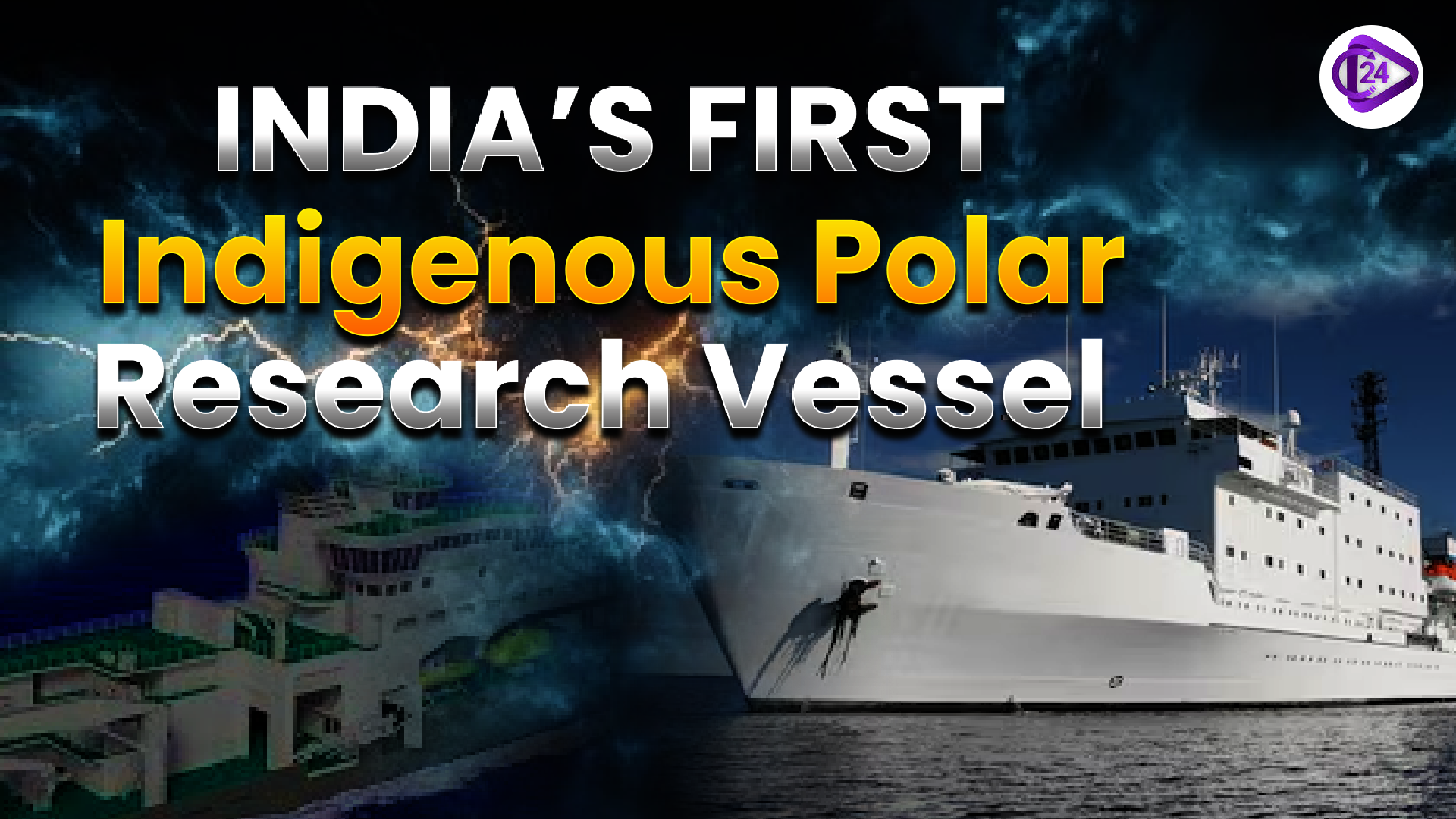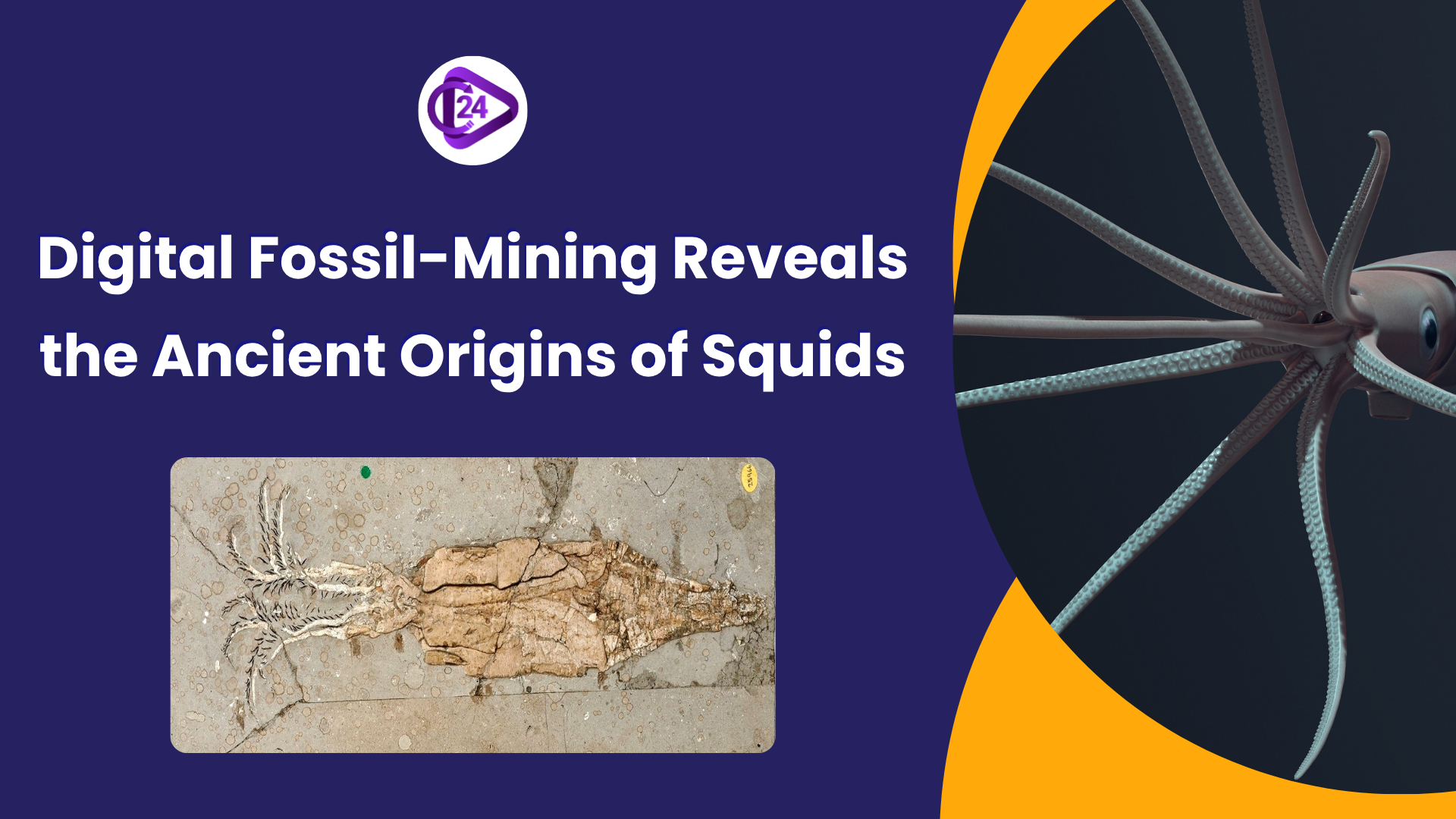
India has signed an agreement between GRSE and Kongsberg from Norway to create its debut indigenous Polar Research Vessel. The ship will assist India’s research assignments at their polar bases in Antarctica (Bharati and Maitri) as well as in the Arctic (Himadri). It will carry modern scientific instruments to study the life and environments found in the polar regions’ oceans. It fits with India’s goals that come under MAHASAGAR and Sagarmala 2.0, both meant to improve India’s shores and capabilities for shipbuilding. This plan plays a role in helping achieve the goals of India’s ‘Make in India’ and Atmanirbhar Bharat.
Context
-
Collaborating with Kongsberg firm from Norway, India will develop its first PRV which will strengthen its polar research facilities.
-
India will improve its shipbuilding skills and strengthen its dominance in the maritime area, following Sagarmala 2.0.
Key Points
Partnership and development
-
MoU Signed: Between Garden Reach Shipbuilders and Engineers Limited (GRSE) and Norway’s Kongsberg firm.
-
Purpose: The Polar Research Vessel (PRV) helps with research in the polar regions and the oceans, created according to the requirements of the National Centre for Polar and Ocean Research.
Role and Importance of the PRV:
-
The bill includes provisions to enhance the capacity of India’s three important research stations in the Antarctic and Arctic: Bharati, Maitri and Himadri.
Features and capabilities
-
Advanced scientific instruments will be used to discover marine environments and a variety of life in the polar regions and those areas of the southern ocean.
-
The research is focused on polar and ocean areas, with the aim to improve our understanding of these two areas.
Strategy and Policy
-
Making the MAHASAGAR Commitment shows India’s strong dedication to fostering improvement in polar and ocean regions together.
-
Sagarmala 2.0 is intended to help India become a leader in world maritime activities by improving facilities and building better vessels.
Promotion of ‘Make in India’ and Atmanirbhar Bharat.
-
Building a better infrastructure for ships in India also follows India’s goals of increasing indigenous shipbuilding and supports the Make in India and Atmanirbhar Bharat campaigns.
Conclusion
Making the first Polar Research Vessel in India is a big achievement for the country’s science and maritime sectors. It will allow India to conduct more research in the polar region and support its position as a top maritime nation, following national objectives of becoming self-reliant and advanced in technology.



 Maharashtra abolishes Three-Language Policy in Primary Education
Maharashtra abolishes Three-Language Policy in Primary Education Bihar Becomes First State to Use Mobile App for Voting
Bihar Becomes First State to Use Mobile App for Voting Digital Fossil-Mining Reveals the Ancient Origins of Squids
Digital Fossil-Mining Reveals the Ancient Origins of Squids Axiom-4 Mission Launch Postponed to June 11 Due to Weather Conditions
Axiom-4 Mission Launch Postponed to June 11 Due to Weather Conditions Govt. to Bring New National Policy on Senior Citizens
Govt. to Bring New National Policy on Senior Citizens






